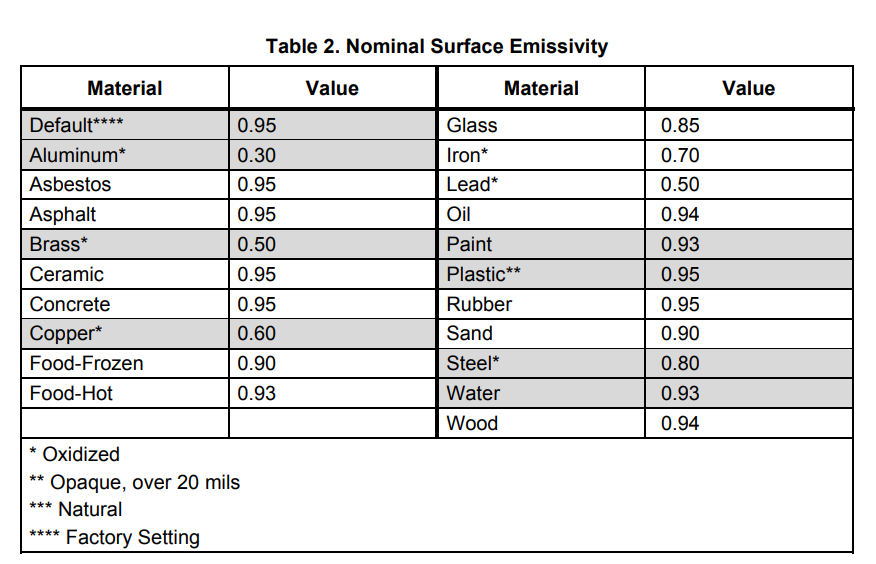Get Tech Tips
Subscribe to free tech tips.
Manual J Field Data: Walls
This article will cover how to collect field data for walls on an existing home for an ACCA Manual J calculation. In full disclosure, I had never collected any field data for a Manual J before I wrote this article. Many of the methods discussed were suggested by HVAC technicians and contractors in an online Facebook group. You will have to decide for yourself which of these procedures is the easiest and most useful for you.
Splitting Hairs Or Shaving Heads?
One very important factor in doing a Manual J is to figure out how much time to spend focusing on collecting data for the different types of construction materials. On a practical level, what is the payback or value of spending a lot of time figuring out what is inside the wall cavities of a home?
That’s where the Law of Diminishing returns comes in. In this excellent article, Allison Bailes explains that going from no insulation to some insulation makes a big difference in the heating load, but going from some insulation to just a bit more has very little impact on the heat load of the home. Here is a graph from his article to illustrate the point:

Bailes says:
“From this we can draw our first conclusion:
Important Lesson: Adding any insulation to uninsulated homes can save more energy than adding more insulation to already-insulated homes.
Where the curve is more vertical is where most of the action occurs. Once it starts flattening out, you get less and less from more and more. That’s what is meant by the term “diminishing returns.”
The Diminishing Returns of Adding More Insulation by Allison Bailes
Field Data Collection
Let’s take a look at some data to see how much wall insulation really changes a load calculation.
Here is a wall modeled with R11:

And now, here's the same wall modeled with R15:

The total change for the entire load calculation was about 1,000 BTUs total. That is on a 2,300-square-foot house here in Dallas, TX.
The percentage of change will vary based on the location and size of the house. In some colder climates, the benefits of a more well-insulated wall could be more significant. So, we must understand the basic concepts, but we must also understand how the relationships between all of these factors can change.
Michael Housh, a contractor in Ohio, basically broke down houses into three categories when it comes to walls: houses with no insulation, houses with some, and houses with a lot. He pointed out that once you familiarize yourself with the construction types and age of homes around you, you should be able to figure out fairly quickly which bucket the house you are working on falls into.
So, here are a couple of big-picture takeaways to keep in mind for your field data collection:
- Knowing if there is nothing or something in the walls matters. Beyond that, the effect on the load calculation will be minimal. Find out what construction type and insulation value is normal for your area.
- When you’re looking over your pie chart results at the end to see where the percentage of the load for the house is coming from, does it seem reasonable based on what you measured?
The Nitty Gritty
Let’s say you want to take a look inside the wall to see if it has insulation. How do we do that? There are actually quite a few methods. All of these were suggested on our Facebook group, so a big thank you to everyone who contributed ideas and methods.
- Use code data from a load calculation software like Cool Calc. This software pulls generic code data for walls, windows, attics, etc., based on the year the house was built.
- Drill a hole somewhere discreet on the inside wall and see what you find.
- Take a cover plate off of an electrical outlet and use a plastic plumber’s hair snake to poke around inside the wall and find insulation or no insulation
- Use this calculator from Red Calc. You need an infrared thermometer or thermal camera to measure indoor and outdoor wall temperature and a thermometer to measure indoor ambient temperature.
My Field Tests
I used Red Calc’s calculator. There are a few things you need to know before you use this test method, and they provide a guide here. These are the highlights:
- Don’t measure surfaces in sunlight.
- You need at least a 10-degree temperature difference from inside to outside.
- Understand how to set the emissivity on your measurement device. This article on emissivity dives deeper into the subject, but due to the way infrared thermometers work, we need to know something about how the material we are measuring reflects or absorbs heat. There are also generic charts for this. I found this one in the manual for my Fluke IR gun:

My house
- I have long suspected that my walls have no insulation. My house was built in 1931. Once, while doing some plumbing work under my kitchen sink, I found a pair of old jeans and shredded newspaper stuffed inside the wall cavity. My results from the Red Calc test are in line with my expectations and experience:

My In-Laws’ House
- My in-laws' house is a few miles away from mine, in a subdivision built in the 1970s. It has a brick veneer with 2x4s. That is very normal construction for my area, and newer homes are often built like this as well. Here is my data from their house:

—Matt Bruner











Comments
To leave a comment, you need to log in.
Log In